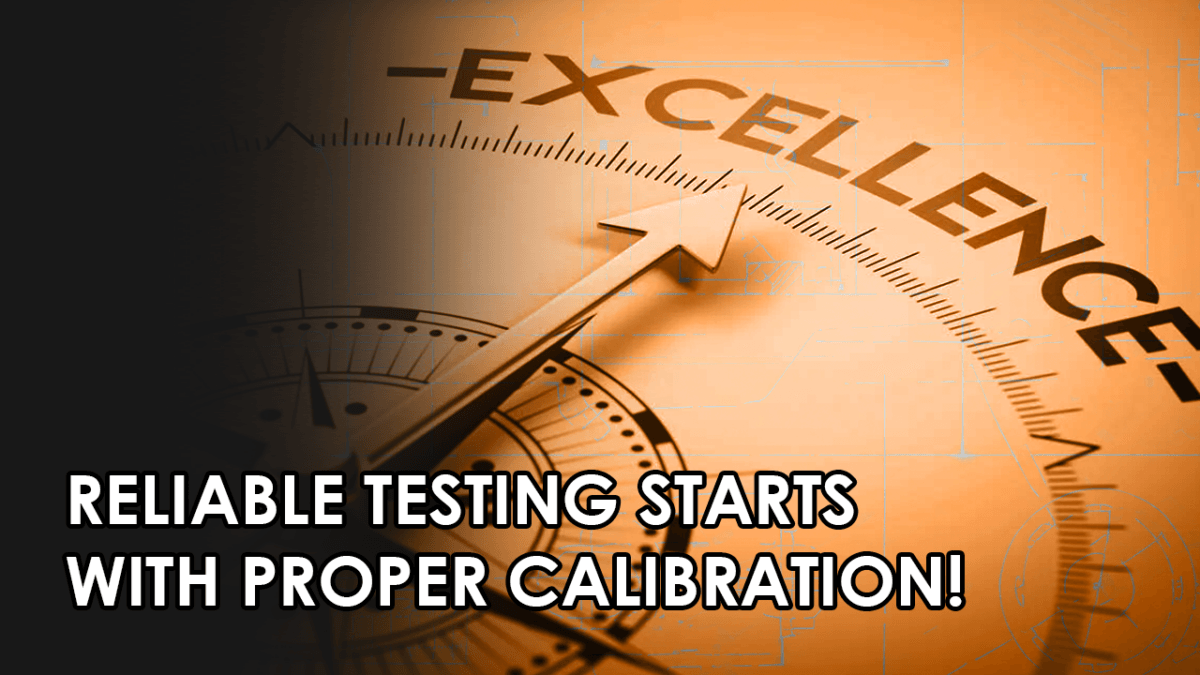Blog
The Importance of Regular Maintenance and Calibration for Compression Testing Machines
Calibration for Compression Testing Machine: Ensuring Accuracy and Reliability
Introduction to Calibration for Compression Testing Machines
Ensuring the accuracy and reliability of compression testing machines is crucial for maintaining quality control in material testing. Regular calibration for compression testing machines helps prevent equipment failures, improve test accuracy, and extend the lifespan of the machine. A recent issue involving a Controls C46D02 compression machine, where a faulty upper ball seat led to a failed stability test, highlights the importance of proactive machine upkeep.
Why Calibration for Compression Testing Machines is Essential
Calibration ensures that compression testing machines provide precise and repeatable force measurements. If a machine is not properly calibrated, it may:
- Produce inaccurate test results, leading to faulty material approvals.
- Fail to meet industry standards like ASTM C39, EN 12390-4, and ISO 7500-1.
- Increase safety risks due to undetected mechanical faults.
- Cause delays in construction projects due to unreliable testing data.
- Reduce machine efficiency, leading to frequent malfunctions and unexpected downtimes.
Regular calibration for compression testing machines is critical to maintaining quality assurance and compliance with regulatory requirements.
Common Issues in Compression Testing Machines
During the calibration process, engineers often encounter common problems such as:
- Worn or Faulty Upper Ball Seat: As seen in the recent Controls C46D02 machine case, a damaged ball seat can affect load stability and lead to test failure.
- Misalignment in Load Application: Incorrect specimen placement or frame misalignment can produce inconsistent results.
- Hydraulic System Malfunctions: Leaks or pressure inconsistencies in hydraulic components can impact force application.
- Sensor and Load Cell Drift: Over time, sensors lose accuracy, requiring recalibration.
- Software or Display Errors: Malfunctioning digital readouts can lead to misinterpretation of test data.
- Uneven Load Distribution: Incorrect load application can cause uneven force exertion on test specimens, leading to skewed results.
Steps to Maintain and Calibrate a Compression Testing Machine
To ensure consistent performance, follow these steps:
- Inspect Machine Components: Regularly check parts like the upper ball seat, pistons, and load cells for wear or misalignment.
- Perform Test Runs: Conduct stability and zero-load tests before official sample testing.
- Check Calibration Certificates: Ensure the machine meets ISO 17025-certified calibration requirements.
- Replace Faulty Components: If any part, such as an upper ball seat, shows signs of wear, replace it immediately.
- Schedule Professional Calibration: Work with experts to perform annual or biannual calibrations to maintain compliance.
- Monitor Digital Readouts and Load Cells: Regularly assess software readings to detect deviations from standard values.
- Keep a Calibration Log: Maintain detailed records of calibration activities to track machine performance over time.
Benefits of Regular Calibration for Compression Testing Machines
Regular calibration for compression testing machines provides numerous advantages, including:
- Improved Test Accuracy: Ensures precise force application and data recording.
- Extended Equipment Lifespan: Reduces wear and tear, preventing premature failures.
- Cost Savings: Minimizes the risk of faulty test results leading to project rework and material wastage.
- Compliance Assurance: Meets international quality control and safety standards.
- Operational Efficiency: Reduces machine downtime and ensures smooth testing workflows.
Why Choose Teur Pro Group for Calibration Services?
Teur Pro Group offers expert calibration for compression testing machines, providing:
- ISO 17025-Certified Calibration: Ensuring compliance with global standards.
- On-Site and In-Lab Calibration Options: Flexible solutions to minimize downtime.
- Genuine Replacement Parts: Supplying high-quality ball seats, pistons, and load sensors.
- Advanced Diagnostic Tools: Detecting machine performance issues before they lead to failures.
- Expert Technical Support: Assisting with machine troubleshooting and maintenance best practices.
- Customized Calibration Solutions: Tailored services to meet unique industry needs.
Conclusion
Regular calibration for compression testing machines is essential for accurate and reliable test results. The recent faulty upper ball seat issue in a Controls C46D02 machine underscores the need for routine inspections and professional servicing. Investing in proper calibration services prevents equipment failures, improves accuracy, and ensures compliance with industry standards.
By prioritizing preventative maintenance and regular calibration, laboratories and construction firms can ensure that their compression testing machines operate at peak performance, delivering consistent and trustworthy results.
Contact us today to schedule a calibration service and keep your equipment running at peak performance! Teur Pro Group Contact
Follow us on LinkedIn for more industry insights! Teur Pro Group LinkedIn

